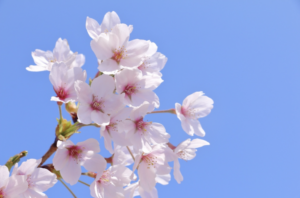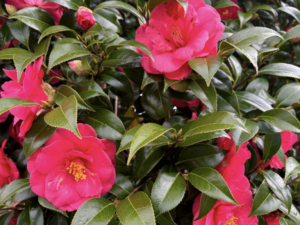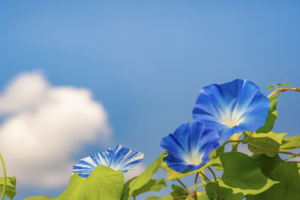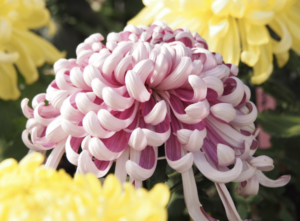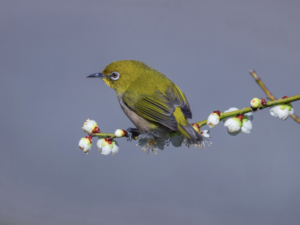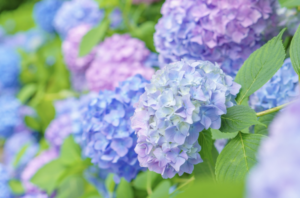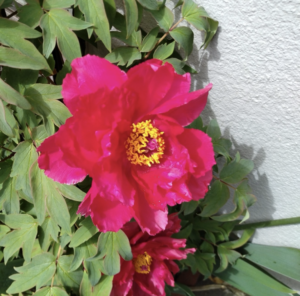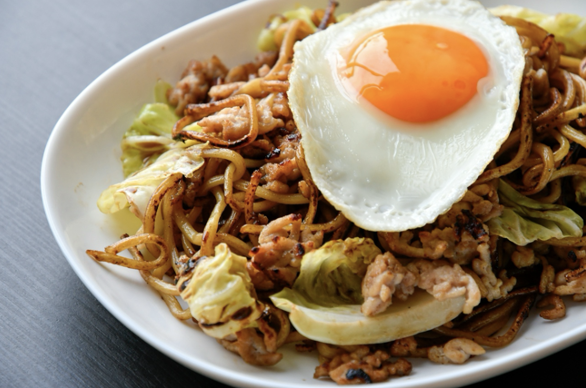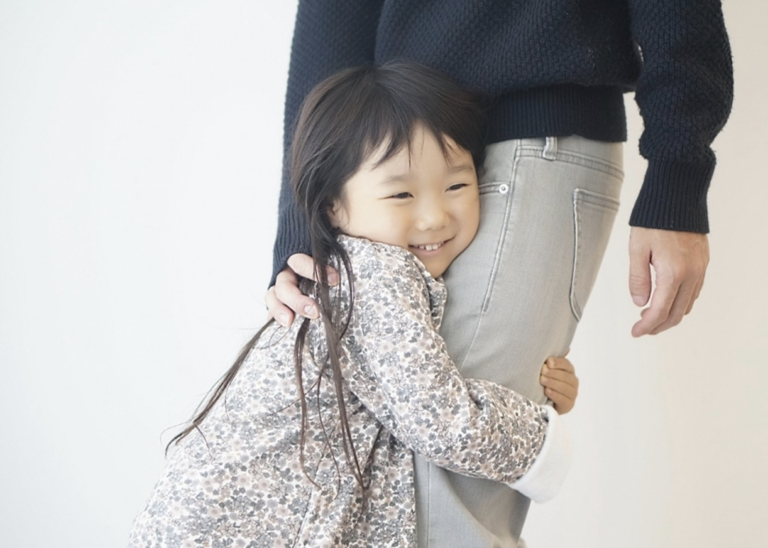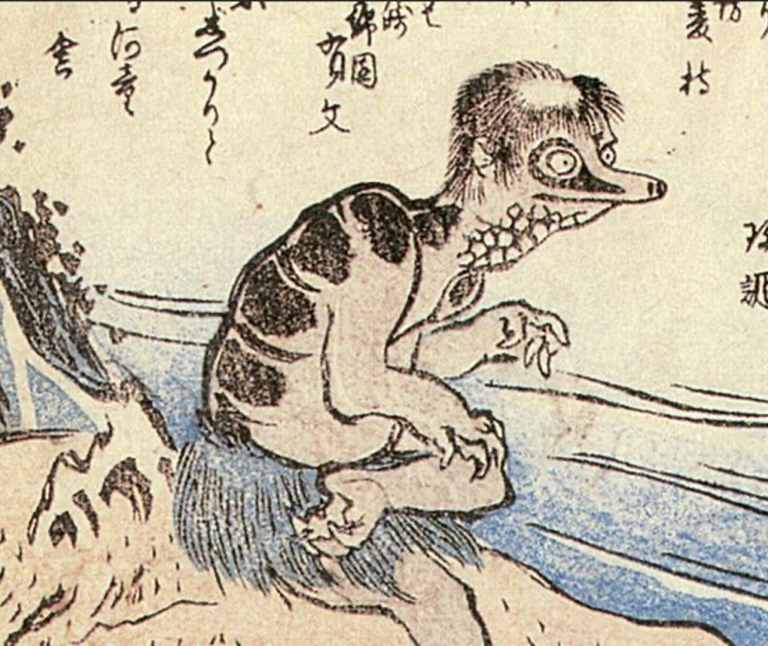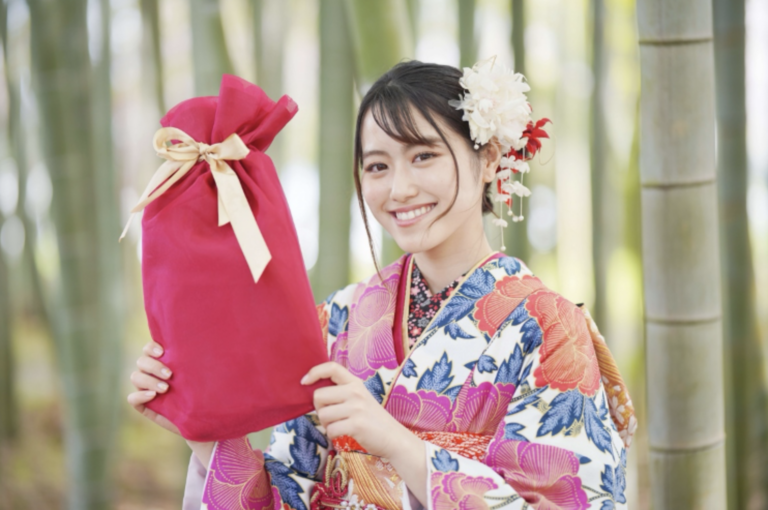Difficult Japanese. How do you describe the end of a flower’s life?
Japan has four seasons, and beautiful flowers bloom in each one of them.
The beautiful blooming flowers reach the end of their lives, but did you know that there are different ways to describe that depending on the flower?
It is one of the challenges of the Japanese language but there are beautiful expressions that match the way flowers bloom and the way they die, so please remember them!
Cherry blossoms are blown away by the wind at the end of their lives. For this reason, the word “chiru” (scatter) is used to express this finale.
This camellia flower comes to a characteristic end. They fall to the ground, leaving their flower shape intact. This is why we say “ochiru” (fall). For samurai, it was said to be an unlucky flower, because it looks like their (flower) heads have been cut off.
The morning glory flower, which symbolizes summer, closes and wilts away at the end of its blooming season.
This is why the word “shibomu” (wilt) is used.
This is another flower that fits the image of Japan perfectly. It has a large number of fine petals, which fall off and come to an end. This is why the expression “mau” (dance) is used.
Isn’t it a beautiful expression?
Before the cherry blossoms bloom, they produce small, pretty flowers from February to March. The word “overflowing” is used to express this.
The plum blossoms overflow, the cherry blossoms bloom, and then the cherry blossoms dance in the breeze. It is a beautiful set.
The hydrangea, which shows its beautiful flowers during the rainy season from May to June, is described as “wilting”.
This is probably because the flowers do not fall, but just turn brown.
The larger, beautiful flowers remind us of a noble lady. Is it because that beautiful image crumbles away? The word “kuzureru” (crumble) is used to describe their end.
You’d be right to say it’s a pain, but don’t you think these Japanese expressions are beautiful?
ABE KENGO


